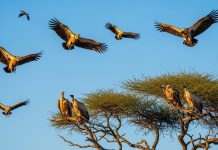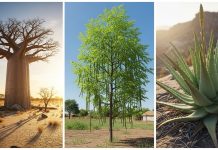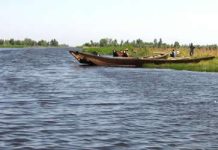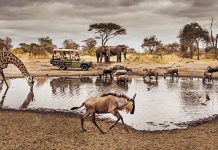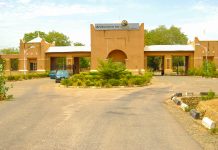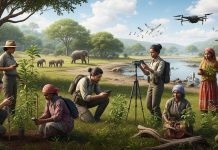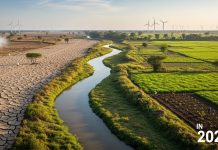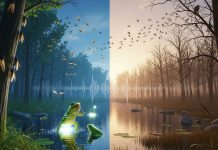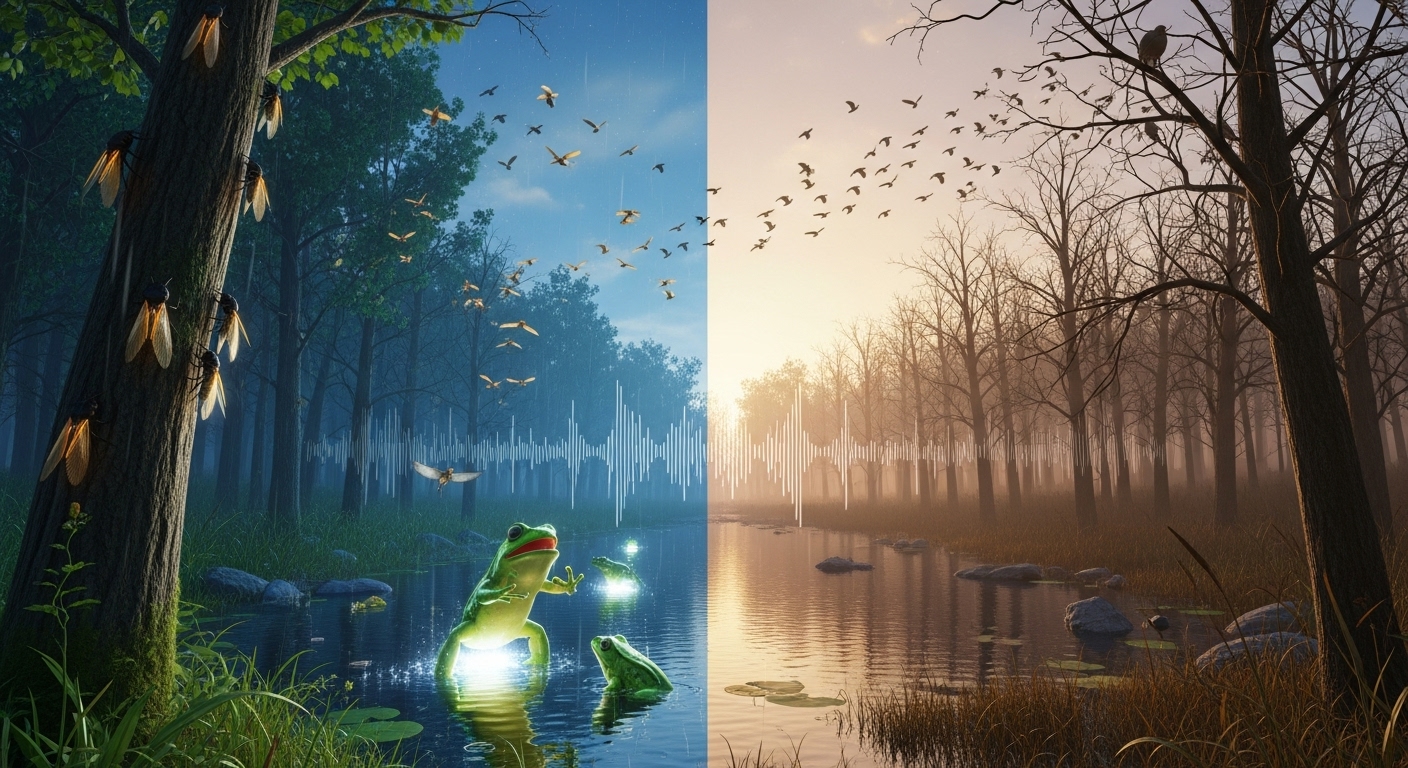We spend a lot of time looking at nature, but we’ve forgotten to listen to it. A healthy environment is never actually quiet. On a summer night, you can hear cicadas buzzing. After rain, ponds come alive with frogs’ croaks. At sunrise, the forest explodes with birdsong. That noise is the sound of a healthy, working planet. It’s a sign of life.
But that noise is fading. Ecosystems across the globe are falling silent, and that silence is one of the clearest warnings we have that something is deeply wrong.
You Can Measure a Forest’s Health By Listening to It
Scientists are now listening to the planet to gauge its health. The field is called soundscape ecology, and the idea is simple: healthy places are noisy and have a wide variety of sounds. When those sounds start to disappear, it means the animals that make them are disappearing, too.
The evidence is getting hard to ignore:
- Silent Frogs: Ponds and wetlands used to be loud with the sound of frogs. Now, many of them are quiet. Amphibian populations have been wiped out by disease and the loss of their habitats.
- Fewer Birds: Since 1970, North America has lost nearly 3 billion birds. That’s not just a number on a chart; it’s a loss you can actually hear. The blast of birdsong at sunrise is much thinner and simpler than it used to be.
- Quiet Reefs: You might think coral reefs are silent, but healthy ones are full of the clicks and pops of shrimp and fish. These sounds help young fish find a safe place to live. But as coral reefs die, they become silent.
The silence is a direct result of our destruction of habitats, climate change, and pollution. We’re taking apart the systems that support life, and the resulting quiet is the proof.
Why This Silence is Such a Big Deal
A quiet ecosystem is a system in failure. Sound is like an ecosystem’s vital signs. We can often detect a problem, such as the disappearance of a species of insect or frog, long before we see the full impact of its absence.
Animals also depend on sound to survive. They use it to find a mate, warn each other about predators, and locate food. When one animal’s call vanishes, it can create a chain reaction that affects the entire food web.
Finally, it’s a loss for us. Our connection to nature is tied to its sounds. A world without the buzz of bees or the song of birds is a less interesting, less beautiful place to live.
What Can We Do?
This doesn’t have to be the end of the story. We can bring the noise back. The first step is to just pay attention.
Next time you’re outside, in a park or even your own backyard, just stop and listen for a few minutes. What do you hear? What’s missing? From there, you can take simple steps to help.
- Plant for Local Wildlife: Native plants, flowers, and trees provide an invitation for local bees, butterflies, and birds to return. They provide the right food and shelter.
- Add Water: A simple birdbath or a small pond can become a hub of activity. It brings back birds, frogs, and insects, and with them, the sounds of life.
- Support Conservation: National parks, wildlife refuges, and local conservation groups protect large areas where these natural sounds can continue on a bigger scale. Supporting them helps everyone.
- Become a Citizen Scientist: Use apps like BirdNET to identify birds by their song, or join projects like the Nigerian Bird Atlas Project (NiBAP). By recording and sharing what you hear, you contribute to the scientific understanding needed to protect these soundscapes.
The sounds of nature are a sign of life. A loud forest or a buzzing field is a sign that things are working. The growing silence is a clear warning that they’re not. We just have to be willing to listen.


